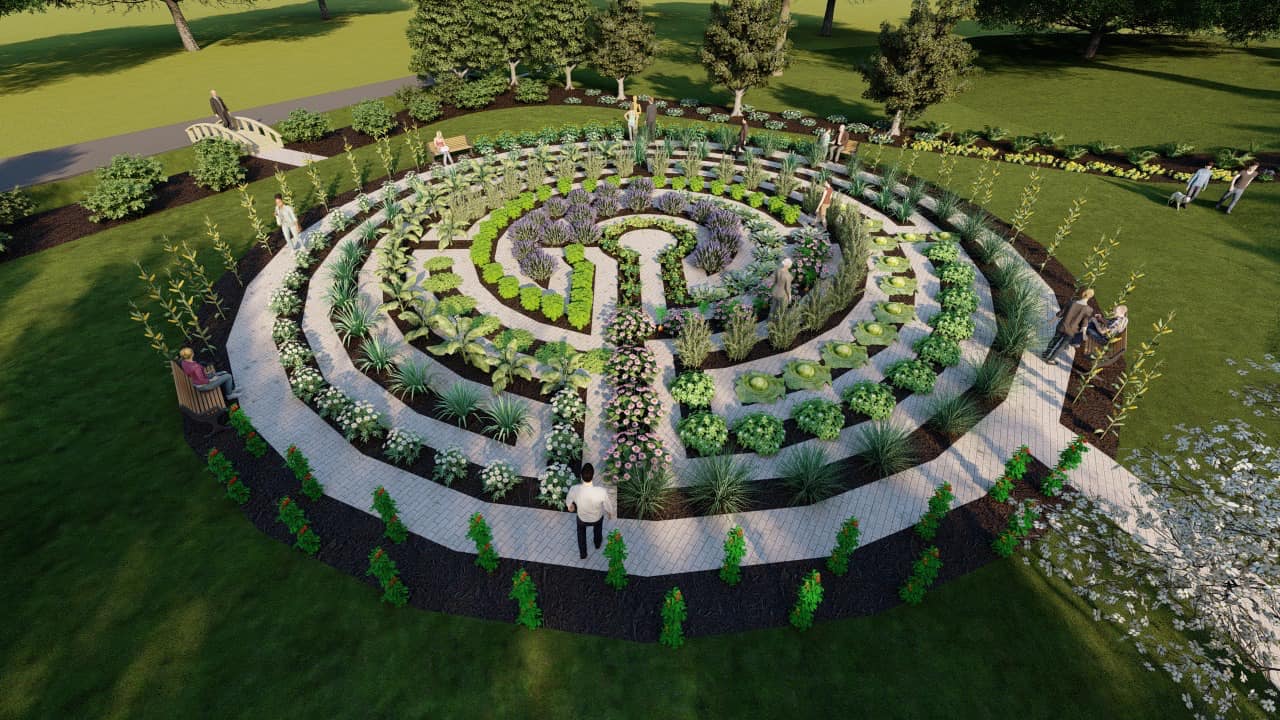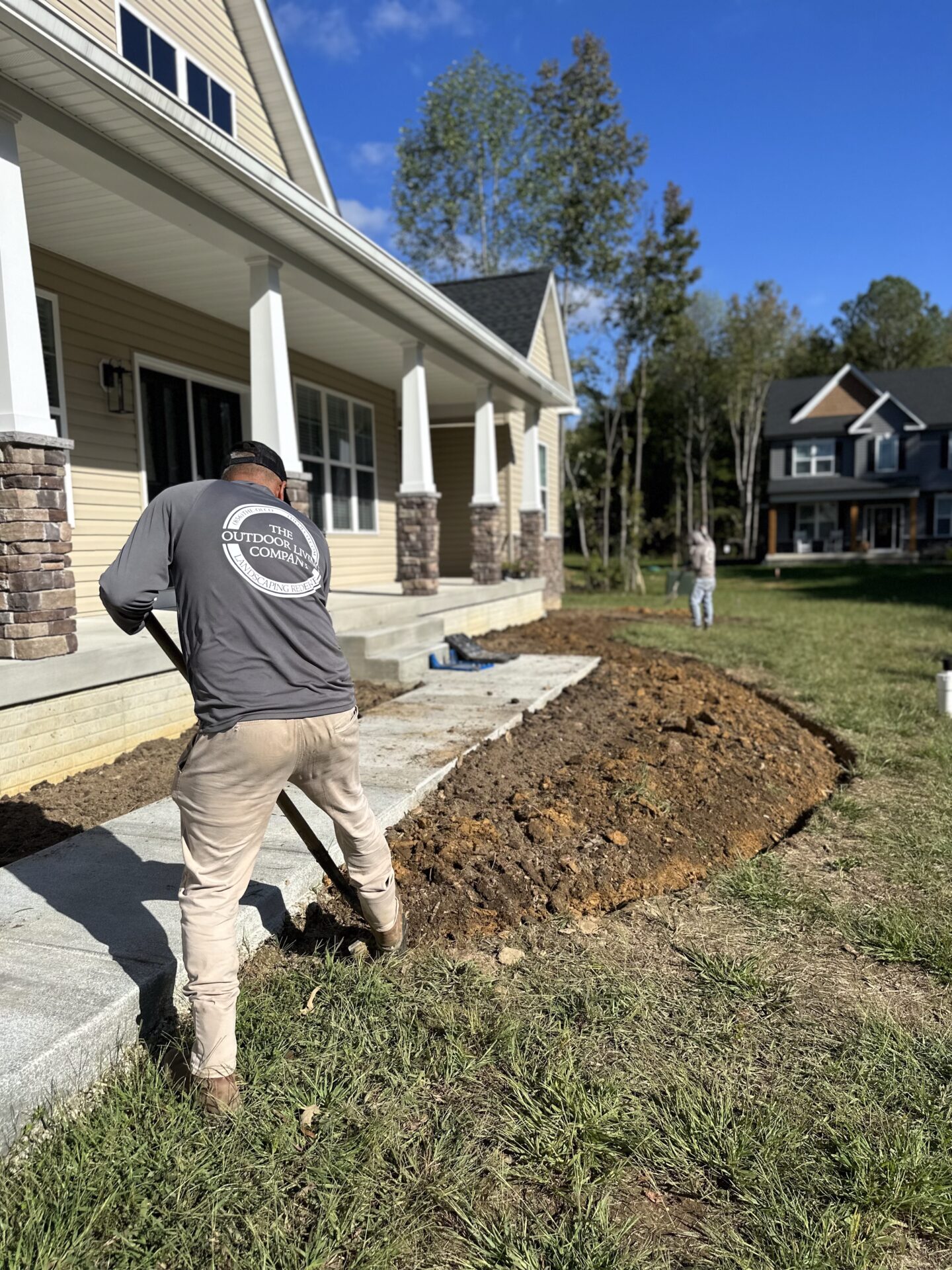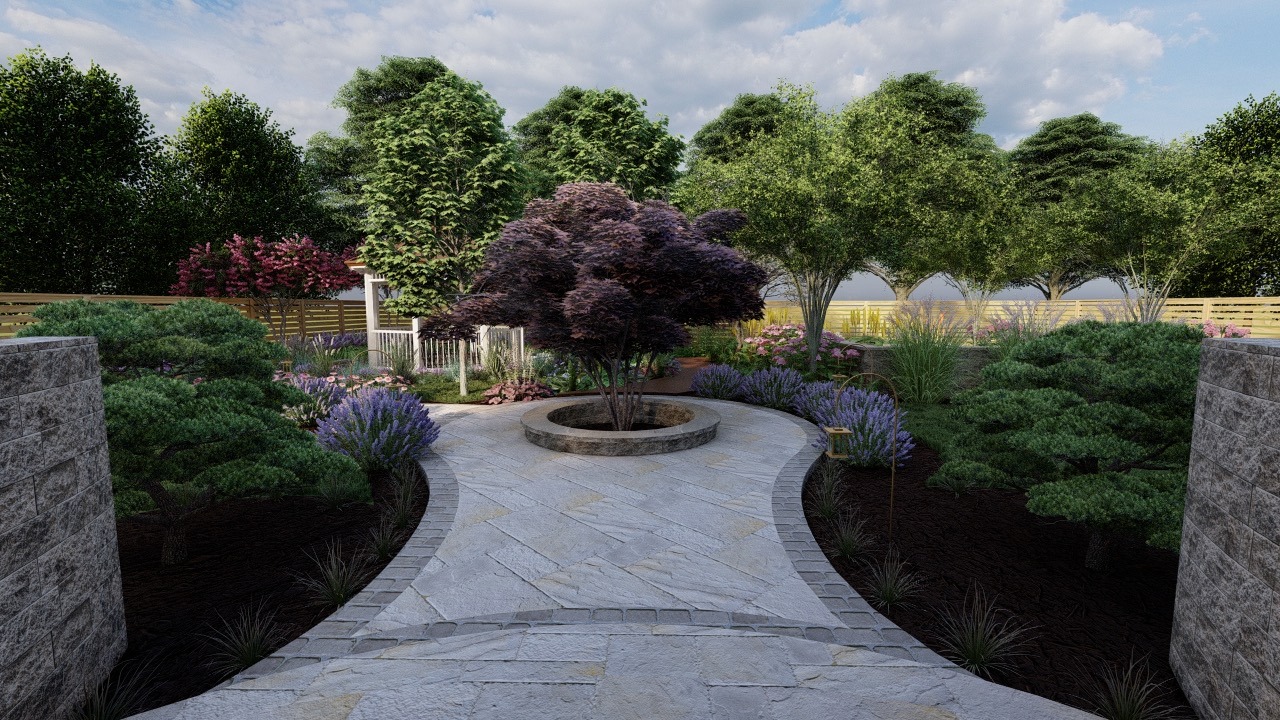Incorporating Sustainable Practices in Your Fort Washington Landscape

Is your lawn browning despite constant watering? Are weekends vanishing into weeding and mowing? Many Fort Washington homeowners pour time and money into traditional landscaping only to face sky-high water bills and yards that still fall short of expectations. You might be frustrated seeing plants wilt each summer or battling pests and weeds that never quit. It’s discouraging when your landscape demands so much.
There is a better way to have a gorgeous yard without the headache. By embracing sustainable landscaping in Fort Washington, you work with nature instead of against it. That means choosing smarter plantings and methods that dramatically cut down on water use and upkeep, like plant species local to the area. No more dragging hoses around every evening or dousing the lawn with chemicals. Sustainable practices can turn your outdoor space into a thriving oasis that practically cares for itself. We’ll explore exactly how you can create a beautiful, low-maintenance yard that saves water and supports the local ecosystem.
How Can Sustainable Landscaping in Fort Washington Reduce Water Use & Maintenance?

You can reduce water waste and yard work by making smart landscape choices. Here are a few sustainable strategies that make a big impact:
· Opt for Native and Drought-Tolerant Plants: Native plants in Fort Washington are adapted to the local weather, meaning they can thrive on natural rainfall once established. Hardy native shrubs, perennials, and grasses often need little watering or pest control since they’re already accustomed to the climate, so you’ll spend less time fussing over them.
· Water Smart with Efficient Irrigation: Traditional sprinklers often waste water. A sustainable landscaping approach uses drip irrigation and smart controllers to deliver moisture directly to roots only when needed. By upgrading to a water-efficient system, you avoid overwatering and runoff.
· Harvest Rainwater & Improve Drainage: Take advantage of Fort Washington’s rainfall. Set up rain barrels under downspouts to collect free water for your garden. You can also direct heavy rain into a rain garden or shallow swale so every drop soaks in rather than running off. This means relying much less on the hose even in dry spells.
· Build Healthy Soil & Mulch Regularly: Healthy soil acts like a sponge for water. Work compost into your planting beds to boost nutrients and moisture retention, helping plants develop deep roots. Then cover the soil with mulch. A few inches of mulch around trees and flowers locks in moisture and keeps weeds down. That translates to less frequent watering and weeding, reducing your weekly yard chores.
· Rethink Your Lawn & Plant Placement: Lawns can be thirsty and high-maintenance. Consider replacing some turf with native groundcovers or meadow-style plantings that need far less upkeep and mowing. If you keep a grass lawn, choose a drought-tolerant mix and mow at a higher setting to encourage deep roots. Also, group your garden plants by their water needs (hydrozones) so you can water each section more efficiently. These choices make sustainable landscaping in Fort Washington attainable, saving you effort and money.
Which Native Plants in Fort Washington Should Homeowners Prioritize for Year-Round Beauty?
One of the best ways to achieve a vibrant landscape through every season is to choose plants that naturally thrive here in Fort Washington. By focusing on native plants in Fort Washington, you’ll have a yard full of color and texture year-round and a garden that largely cares for itself. Native species are at home in the local climate, so they tend to be hardy, low-maintenance, and beneficial for local wildlife like butterflies and birds.
For early spring, a native Eastern Redbud tree can steal the show with its rosy-purple blossoms brightening your yard just as winter fades. As spring turns to summer, Black-eyed Susans and purple coneflowers burst into bloom, painting your garden with golds and purples. These summer-blooming native perennials are loved for their bold colors and their ability to handle hot Maryland days with minimal fuss. Come autumn, you can count on natives like goldenrod and New England aster to keep the show going. Their late-season flowers add splashes of yellow and violet around your yard, and they’re magnets for migrating butterflies.
Even in winter, you can create eye-catching interest by planning with native evergreens and plants known for winter beauty. Consider an American holly shrub. It stays green all winter and produces red berries that brighten the landscape (and feed songbirds). Red osier dogwood is another great native pick; after it loses leaves in fall, it showcases striking red bark that stands out against winter scenery. By mixing and matching these local heroes, you ensure that something is always happening in your garden.
Prioritizing native plants as part of sustainable landscaping in Fort Washington means your yard will look lively in every season without demanding constant replanting or pampering. You’ll enjoy blooms and foliage that naturally succeed here, giving you a beautiful outdoor space from January through December with a fraction of the effort. With the right native plant choices, your Fort Washington garden can truly offer four seasons of beauty.
What Design Choices Make Sustainable Landscaping in Fort Washington Practical for Small & Large Yards?

Sustainable landscaping in Fort Washington isn’t one-size-fits-all. Whether you have a small city lot or a sprawling property, the same eco-friendly principles can be scaled to fit.
Small Yards: In a smaller space, you want every element to work a little harder. Choose compact or multi-purpose features whenever possible. For example, a rain barrel tucked beside your porch can harvest water for container plants without taking up much room. Vertical gardening is another friend to small yards: think wall-mounted planters or trellises that let native vines climb upward, adding green without using precious ground space. Also consider permeable pavers or gravel for patios and paths. They handle foot traffic while letting rainwater soak into the ground, preventing puddles from forming. With thoughtful planning, even a tiny yard can include native flowers, a shade tree, and a mini herb garden, all thriving with minimal maintenance.
Large Yards: Bigger landscapes offer more room, but you’ll still want to avoid wasted resources. Start by breaking up vast lawn areas with varied planting zones. Introducing a wildflower meadow or larger beds of native plants in Fort Washington can greatly cut down on lawn mowing and watering. There’s room to plant shade trees that beautify your yard while shading the ground and your home. You can also embrace features like a rain garden to capture runoff or a compost area to recycle yard waste. The key is to plan distinct areas (entertaining space, vegetable garden, naturalized zone, etc.) so that each section of your yard has a purpose and is easier to care for. Drip irrigation can be set on zones to target only the areas that need water, which is especially useful on expansive properties.
No matter your lot size, sustainable design techniques ensure your landscape stays beautiful and low-impact. Simple tweaks in layout and plant choices go a long way. If you’re unsure how to adapt these ideas, consider getting a custom plan from a professional landscape design team to make the most of your space in an earth-friendly way.
How Do You Start a Thriving Low-Maintenance Garden with Native Plants in Fort Washington?
Starting a low-maintenance native garden is easier than you might think. Follow these basic steps to set yourself up for success:
- Plan and Assess: Pick a spot for your native garden based on your yard’s conditions. Notice how much sun the area gets and where water tends to collect after rain. Know your soil type as well. It’s wise to start with a small bed or section so it stays manageable. Matching your plan to your yard’s natural conditions will save you headaches later.
- Choose Native Plants Wisely: Select native plants in Fort Washington that fit your site’s sun, shade, and soil. Focus on hardy native flowers, shrubs, and grasses that thrive in those conditions. Try to include plants for spring, summer, and fall interest, but make sure each choice is truly low-maintenance. Local nurseries or a garden installation service can also help you pick the best native plants for your yard.
- Prepare the Site: Clear the area of any weeds or grass and loosen the soil. Mix in compost to enrich the soil and improve drainage, giving your new plants a healthy start. Good soil prep helps plants root deeply, so you’ll water and fuss less as they grow.
- Plant with Care: When it’s time to plant, water each transplant as soon as it’s in the ground. Give every plant enough room to reach its mature size (this prevents overcrowding and reduces future pruning). It also helps to group plants by their needs (for example, keep sun-loving plants together) to make ongoing care easier. Once everything is planted, water the whole bed thoroughly.
- Mulch and Maintain Lightly: Spread a layer of mulch around your plants to lock in moisture and block weeds. In the first growing season, water during dry spells to help roots establish. After that, your native garden will need only occasional weeding or a quick trim of spent blooms. Then you can sit back and watch the butterflies and birds visit your yard.
Your Partner in Sustainable Landscaping in Fort Washington
You don’t have to figure it all out on your own. Making these improvements to your landscape can feel like a big project, but our team at The Outdoor Living Company is here to help every step of the way. We believe your outdoor space should be stunning and earth-friendly, tailored to your needs and Fort Washington’s environment. You deserve an outdoor space that’s both gorgeous and easy to care for.
If you’re feeling inspired to make your own yard more sustainable and low-maintenance, why not take the next step? Whether you need guidance choosing the right native plants or a full landscape redesign, we have the expertise to turn your ideas into reality. Ready to get started?
Request a quote to chat with us about your project. We’ll work with you to create a thriving, eco-conscious landscape that you’ll love for years to come. Your greener, easier-to-care-for Fort Washington yard is just a conversation away.
Tags: